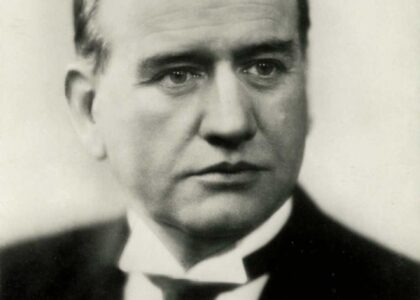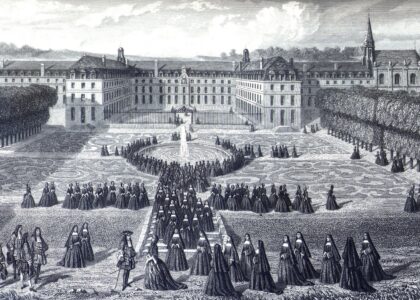Welcome to the Lakeport Plantation, a window into the past that tells the rich story of the American South! As you approach this historic site, imagine stepping back to the mid-19th century, when this plantation was a thriving hub of agricultural activity. Established around 1831, Lakeport Plantation stands as the last remaining antebellum plantation home along the Mississippi River in Arkansas. Its story is deeply intertwined with the history of cotton farming, slavery, and the social transformations that swept through the United States.
The plantation was originally built by Joel Johnson, a prominent figure who hailed from Kentucky. He was part of a migration wave of settlers who moved to the fertile lands of the Mississippi Delta, bringing with them the plantation system that relied heavily on slave labor. The imposing Greek Revival-style mansion, completed in 1859, served as the family home and the center of operations.
During the Civil War, Lakeport Plantation, like many Southern plantations, was significantly impacted. Arkansas seceded from the Union in 1861, aligning with the Confederacy. The war brought about great hardship and transformation, and following the Confederate defeat, the plantation system faced a major upheaval. The emancipation of enslaved people led to a labor crisis, as plantations struggled to maintain their operations in the absence of forced labor.
One notable figure associated with Lakeport is Lycurgus Johnson, Joel’s son, who inherited the plantation. He was a key figure during the Reconstruction era, navigating the complex social and economic changes that followed the war. Despite these challenges, the Johnson family managed to keep the plantation running, transitioning to sharecropping and tenant farming systems, which became common in the South during this period.
As you explore the grounds, you’ll notice the grand architecture of the main house, a testament to the wealth and status of its original owners. The mansion stands as a symbol of both the opulence and the dark history of the antebellum South. Inside, you’ll find carefully preserved rooms that offer a glimpse into the lives of those who lived and worked here.
The Lakeport Plantation remains a vital piece of Arkansas’s history, offering educational programs and tours that highlight its significance. It serves as a poignant reminder of the region’s past, including the painful legacy of slavery and the resilience of those who worked to rebuild and redefine the Southern economy and society.
Today, Lakeport Plantation is part of the Arkansas Heritage Sites program, which aims to preserve and interpret the state’s rich cultural history. It stands not only as a historical landmark but also as a center for learning and reflection, where visitors can engage with the stories of the past and their continued impact on the present and future.





